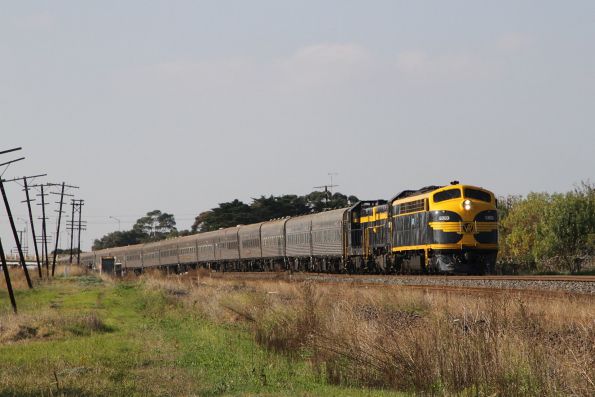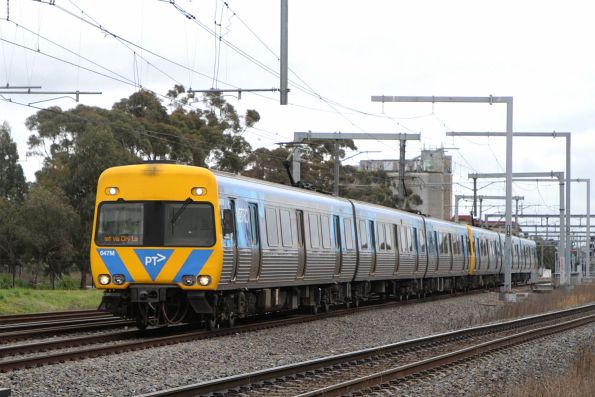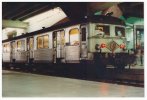Budd was a US company, from Philadelphia, whose principal market had been making bodies for cars, in the times when the USA had a good number of manufacturers. Not a traditional builder of rolling stock at all until the 1930s, they devised, and patented (which they jealously protected), a stainless steel welding process, called "shotwelding". Anyone who has ever worked with welding stainless will know what a challenge it is to avoid distortion; when I supervised (though not did) it many years ago, welders were paid a premium per hour for working on stainless. It gave a range of construction benefits for weight reduction, corrosion protection, lowered centre of gravity, no need for painting, etc. There are, of course, downsides, such as initial cost, difficulty of repair - and the need to keep it polished.
USA railway passenger cars had traditionally been astoundingly heavy once steel construction came along, up to 100 tons each. When the first, inevitably underpowered, diesels like the Zephyr came along, weight reduction was important. Notably pre-stainless cars were commonly known as "Heavyweights" and Budd stainless ones as "Lightweights", although other builders developed cars called lightweight using regular steel. Later, comparable benefits were derived using aluminium instead of stainless.
Corrugation, or "ribbing", is one way to give additional longitudinal strength, even with regular steel. Of course, it has been used in Britain - the roofs of Mk 3 stock are an obvious example




